Premium Only Content
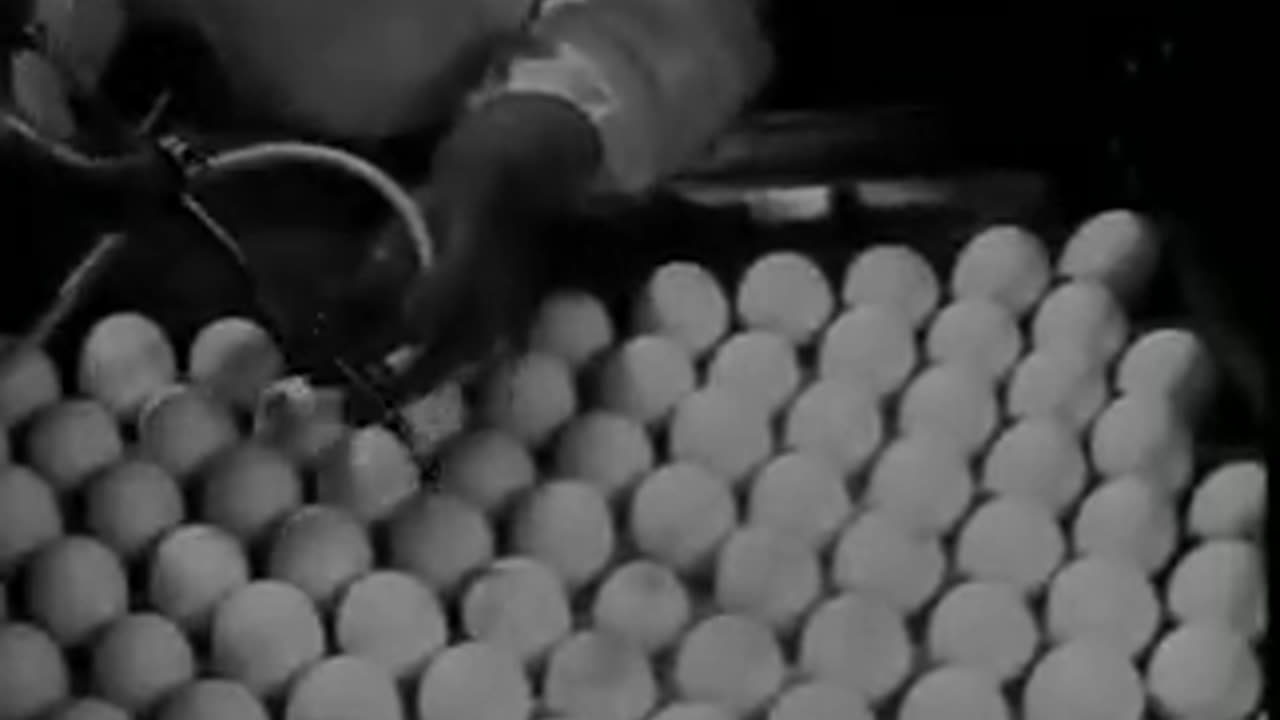
U.S. Army used Human Subjects in Biological Warfare Research at Fort Detrick
In 1989, Ft Detrick biological diseases experts were called on by the Virginia Department of Health and Hygiene when a commercial laboratory animal holding facility in Reston, Virginia, experienced an outbreak of an Ebola virus in its primate population. The potentially devastating outbreak was quickly handled, preventing what health officials feared could have had a terrible effect on humans. Author Richard Preston chronicled in The Hot Zone the rapid and effective response by Ft. Detrick scientists and soldiers.
This in turn sparked at least one major movie (Outbreak), which based its story on the basic scenario of the Ebola outbreak The U.S. Army established its offensive Biological Warfare program at Fort Detrick in 1943. The purpose of the program was twofold: develop defensive mechanisms against biological attack and develop weapons with which the United States could respond in kind if attacked by an enemy who used biological weapons. The offensive Biological Warfare program remained at Fort Detrick until November 1969, when the United States formally renounced the use of lethal biological agents and weapons, and all other methods of biological warfare and discontinued these offensive programs.
From 1943 through 1953, biological warfare research on humans was observational in that it was done after occupational exposure incidents or accidents among workers in the biowarfare facilities. These incidents provided the station hospital the unique opportunity to study the onset, clinical course and possible therapeutics for many rare diseases. In the early 1950s, due to a lack of firm data on human vulnerability to biological agents, the Army began to use human subjects in biological warfare research. Project CD-22, the first of the human research projects, involved the study of Q fever in animals and humans in the laboratory and the field. Operation Whitecoat followed this effort.
Operation Whitecoat volunteers largely consisted of Seventh-Day Adventist draftees, who were trained as medics but whose religious convictions forbade combat. Approximately 2300 individuals participated in the program. The Army completed about 150 studies during the Operation Whitecoat years. Experimenters exposed volunteers to disease-causing agents such as Q fever and tularemia under strict protocols to study immunity to disease and to conduct drug therapy.
Whitecoat volunteers also participated in safety studies of vaccines designed for protection against Venezuelan equine encephalitis, Eastern and Western equine encephalitis, plague, tularemia, Q fever, yellow fever, chikungunya virus and Rift Valley fever. There were no fatalities or long-term injuries among Whitecoat volunteers. The program ended in 1973 upon termination of the military draft. During Operation Whitecoat several experimental vaccines were developed to protect workers engaged in research at Fort Detrick.
Research at Fort Detrick also contributed to the development of equipment and procedures that established the standards for laboratory biosafety. Equipment developed during the program included biological safety cabinets, hot suites with differential air pressure to contain pathogens, and other specially fabricated laboratory equipment. For a concise history of the biological program at Fort Detrick see "Cutting Edge, A history of Fort Detrick Maryland 1943 - 1993" by Norman M. Covert, published by the Public Affairs Office Fort Detrick.
This clip is from the 1950s episode, the Unseen Weapon, from the The Big Picture documentary television program which ran on the American Broadcasting Company from 1953 to 1959. The program consisted of documentary films produced by the United States Army Signal Corps Army Pictorial Service
-
 1:23:59
1:23:59
Man in America
8 hours agoTrump Demands Big Pharma Come Clean on Covid Shots w/ Dr. David Martin
34K25 -
 1:40:27
1:40:27
megimu32
4 hours agoOTS: Labor Day Sitcom Blowout - Tim, Ray, & Relatable Chaos!
30K4 -
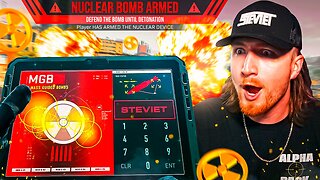
StevieTLIVE
4 hours agoWarzone Wins w/ FL Mullet Man
24.5K1 -
 1:04:01
1:04:01
BonginoReport
8 hours agoLefties Wish Death on Trump but He’s BACK! - Nightly Scroll w/ Hayley Caronia (Ep.125)
183K83 -
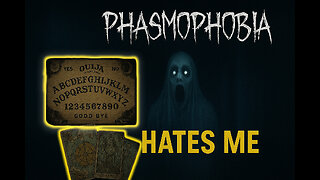 3:18:28
3:18:28
Tundra Tactical
5 hours ago $0.51 earnedWe Survived the Military… But Not This Basement
27.8K -
 20:12
20:12
Clownfish TV
13 hours agoDisney Needs MEN Back?! They ADMIT Star Wars and Marvel are DEAD!
23.7K35 -
 1:37:00
1:37:00
Anthony Rogers
12 hours agoEpisode 381 - Tim Kelleher
15.9K1 -
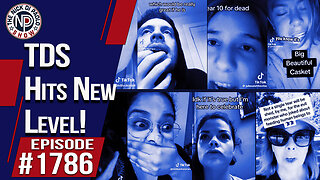 1:01:42
1:01:42
The Nick DiPaolo Show Channel
9 hours agoTDS Hits New Level! | The Nick Di Paolo Show #1786
52.4K39 -
 1:02:27
1:02:27
Michael Franzese
7 hours agoFace to Face with a Former Chinatown Gangster Turned NYPD Detective
51.3K13 -
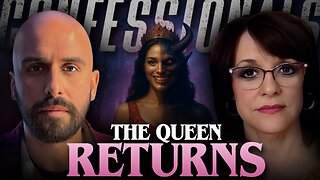 1:31:25
1:31:25
The Confessionals
13 hours agoThe Queen of Heaven Exposed (Hathor, Lilith & Ancient Gods Return)
33.9K8